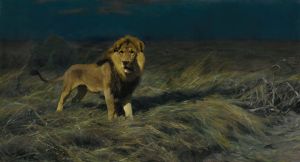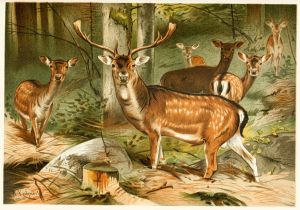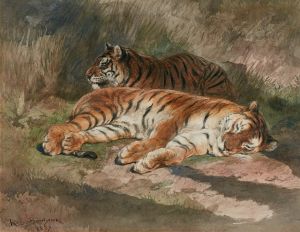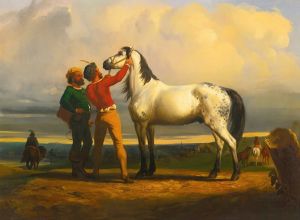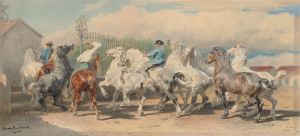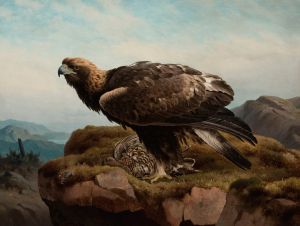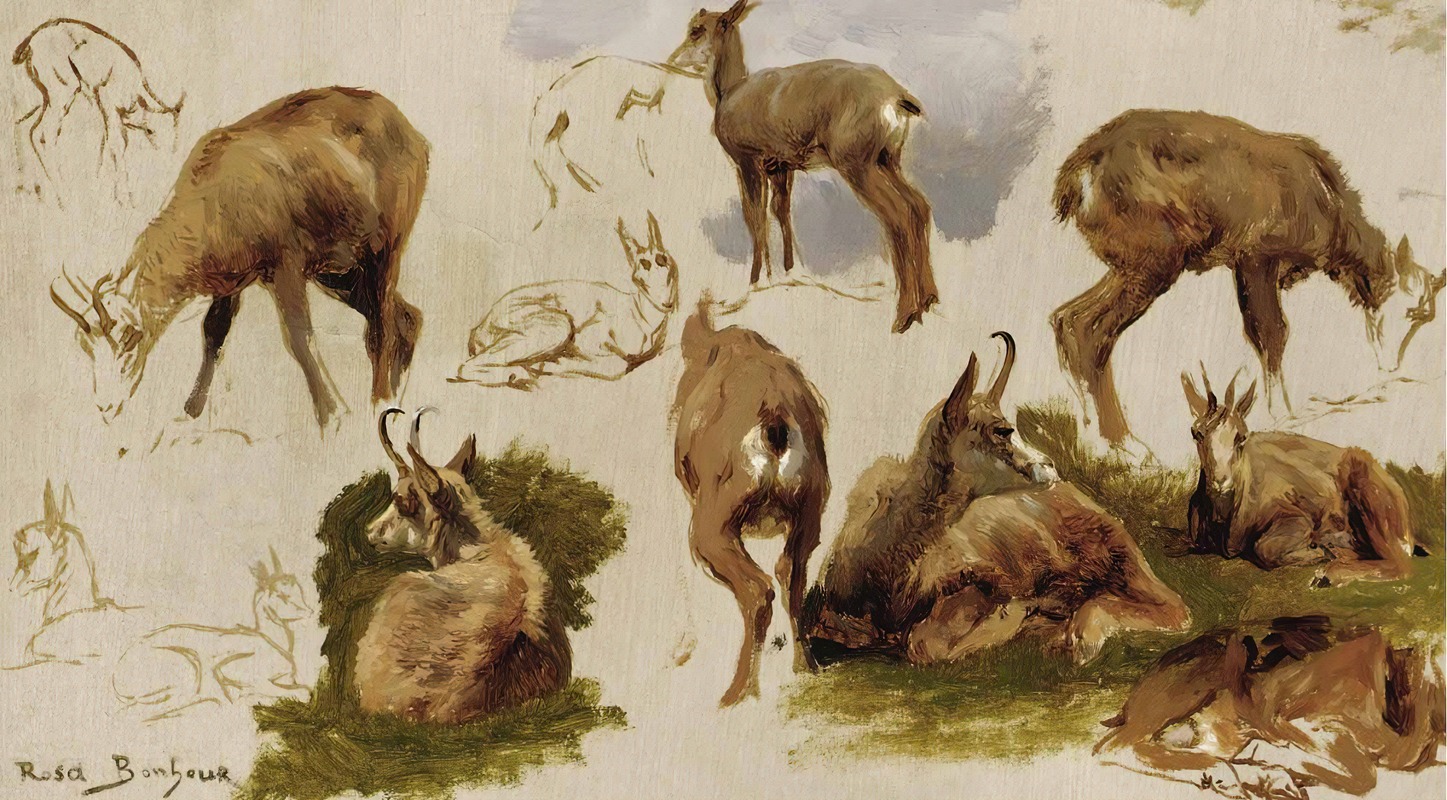
Studies Of An Isard
A hand-painted replica of Rosa Bonheur’s masterpiece Studies Of An Isard, meticulously crafted by professional artists to capture the true essence of the original. Each piece is created with museum-quality canvas and rare mineral pigments, carefully painted by experienced artists with delicate brushstrokes and rich, layered colors to perfectly recreate the texture of the original artwork. Unlike machine-printed reproductions, this hand-painted version brings the painting to life, infused with the artist’s emotions and skill in every stroke. Whether for personal collection or home decoration, it instantly elevates the artistic atmosphere of any space.
Rosa Bonheur, a renowned 19th-century French artist, is celebrated for her realistic depictions of animals and rural scenes. Her work "Studies of an Isard" exemplifies her meticulous attention to detail and her deep understanding of animal anatomy and behavior. Bonheur's dedication to realism and her passion for the natural world are evident in this piece, which focuses on the isard, a type of chamois native to the Pyrenees.
Rosa Bonheur was born on March 16, 1822, in Bordeaux, France, into a family of artists. Her father, Oscar-Raymond Bonheur, was a landscape and portrait painter who encouraged her artistic pursuits from a young age. Bonheur's interest in animals was apparent early in her career, and she often visited slaughterhouses and livestock markets to study animal anatomy firsthand. This dedication to understanding her subjects set her apart from many of her contemporaries and contributed to her reputation as one of the leading animal painters of her time.
"Studies of an Isard" is a testament to Bonheur's skill in capturing the essence of her animal subjects. The isard, known for its agility and grace, is depicted with a keen eye for detail, showcasing Bonheur's ability to render the texture of fur and the anatomy of the animal with precision. Her studies often involved multiple sketches and observations, allowing her to portray the isard in various poses and movements, highlighting its natural behavior and habitat.
Bonheur's work was well-received during her lifetime, and she achieved significant recognition and success, a rarity for female artists of her era. Her most famous painting, "The Horse Fair," further solidified her reputation and was exhibited to great acclaim in Paris and later in London and New York. Bonheur's commitment to her art and her ability to transcend the gender norms of her time made her a pioneering figure in the art world.
"Studies of an Isard" reflects Bonheur's broader artistic philosophy, which emphasized the importance of studying nature directly and portraying it with honesty and respect. Her approach was influenced by the Realist movement, which sought to depict subjects truthfully without idealization. Bonheur's work often celebrated the beauty and dignity of animals, and she was known for her ability to capture their spirit and individuality.
Throughout her career, Bonheur received numerous accolades, including being the first woman to receive the Grand Cross of the Legion of Honour in France. Her legacy continues to inspire artists and animal lovers alike, and her works remain highly regarded for their technical skill and emotional depth.
In summary, "Studies of an Isard" is a fine example of Rosa Bonheur's dedication to realism and her passion for the natural world. Through her detailed studies and commitment to her craft, Bonheur has left an indelible mark on the art world, and her works continue to be celebrated for their beauty and authenticity.





